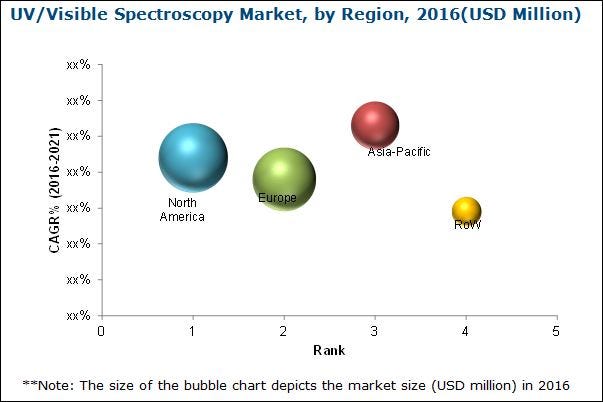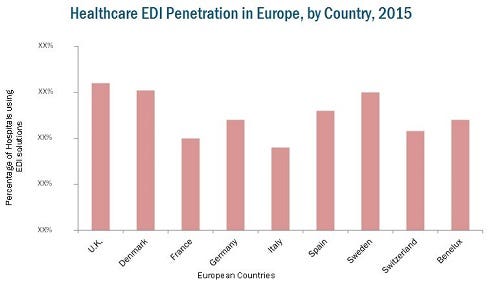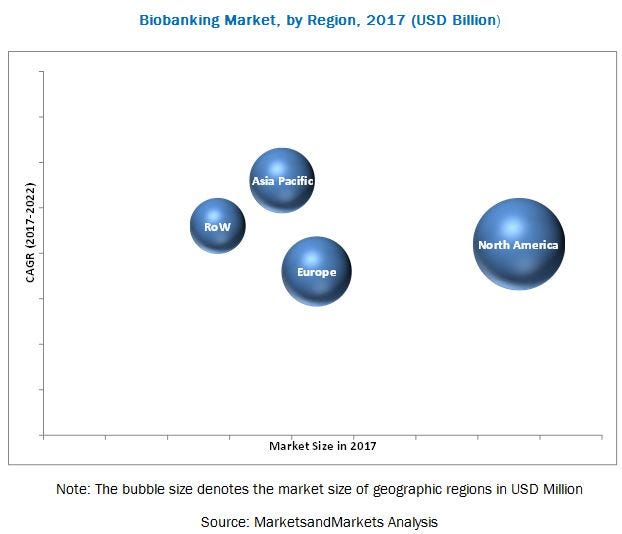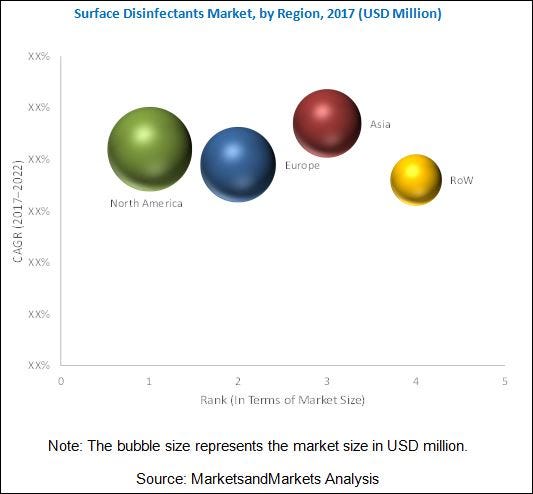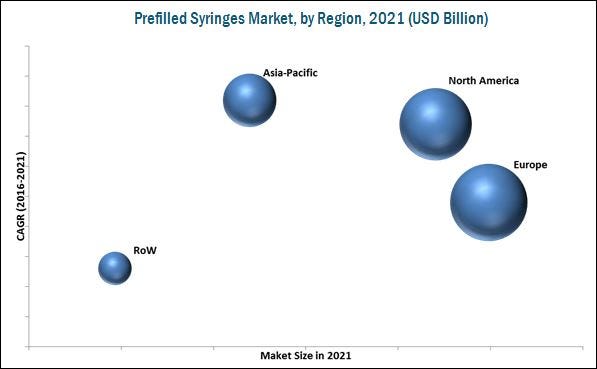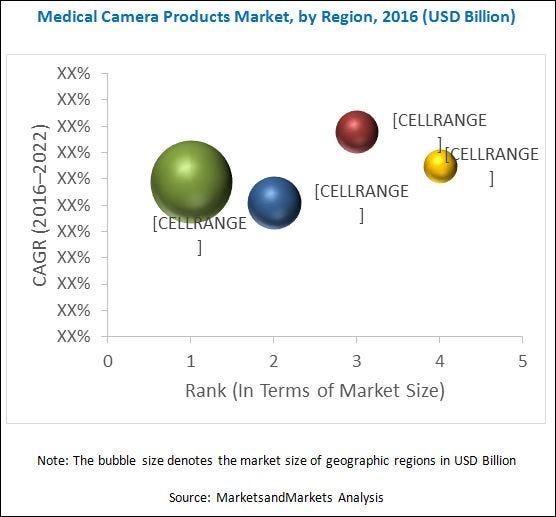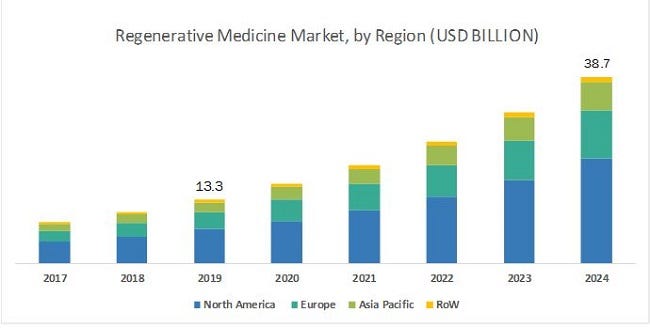The Research Report on UV/Visible Spectroscopy Market, growth of the industry can be attributed to the application of UV/visible spectroscopy in environmental testing; growing use in the pharmaceuticals and biotechnology industries; technological advancements in instrumentation; and increasing need for food analysis.
The demand for UV/visible spectroscopy systems and accessories has been on the rise due to the rising application of this analytical technique in environmental testing.
Download PDF (UV/Visible Spectroscopy Market):
The Global UV/visible spectroscopy market is segmented based on instrument type, application, and region.
UV/Visible Spectroscopy Market Based on Instrument Type;
Based on instrument type, the market is segmented into single-beam systems, dual-beam systems, array-based systems and handheld systems. The single-beam systems segment is estimated to account for the major share of the UV/visible spectroscopy market. These instruments are routinely used analytical instruments in clinical examination, medicine, petrochemicals, biochemistry, biotechnology, quality control, and environmental protection as they are simple and economical.
UV/Visible Spectroscopy Market Based on Application;
The market is segmented into academic applications and industrial application. the industrial applications segment is estimated to account for the major share of the UV/visible spectroscopy market. The instruments are used in various industrial fields such as life science R&D, production, quality assurance/quality control (QA/QC) and environmental testing as they are easy to use, flexible, affordable, and scalable.
Request Research Sample Pages:
The major players in UV/visible spectroscopy market include Shimadzu Corporation (Japan), PerkinElmer Inc. (U.S.), Thermo Fisher Scientific Inc. (U.S.), Agilent Technologies Inc. (U.S.) and Hach Company (subsidiary of Danaher Corporation) (U.S.).
Based on region, UV/visible spectroscopy market is categorized into North America, Europe, Asia-Pacific, and the Rest of the World (RoW). The market is dominated by North America, followed by Europe, Asia-Pacific, and the Rest of the World (RoW). Asia-Pacific is expected to grow at the fastest rate during the forecast period.
